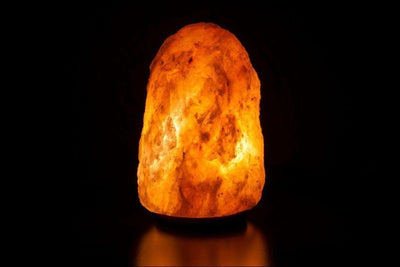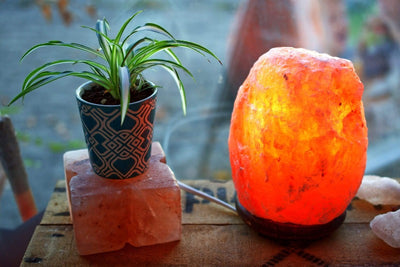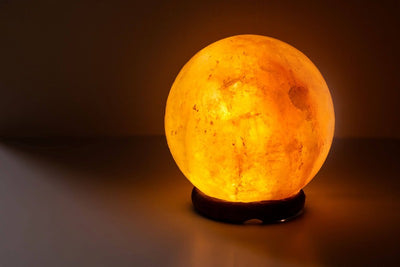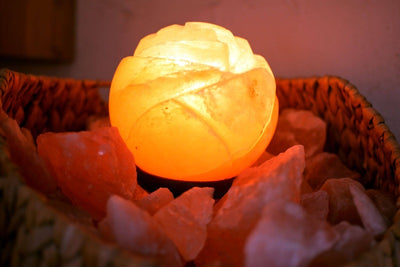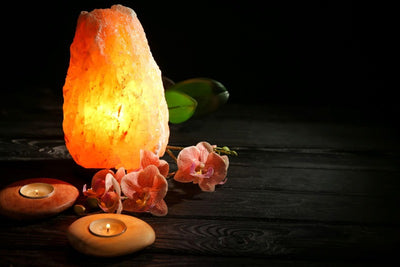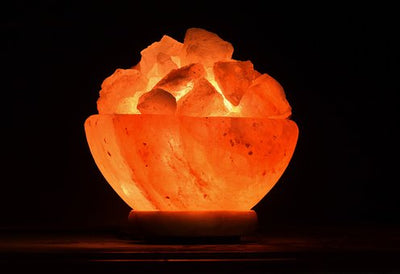What Are the Benefits of a Himalayan Salt Lamp UK Basket?
What Are the Benefits of a Himalayan Salt Lamp Basket?
Himalayan salt is a pinkish salt that is mined from the foothills of the Himalayan Mountains in the Punjab region of Pakistan. This salt is composed of 98 percent sodium chloride and two percent trace minerals, including magnesium, calcium, and potassium. These trace minerals are what make it different from ordinary table salt.

What Is a Himalayan Salt Lamp Basket?
Himalayan salt lamp baskets are becoming more and more popular in homes, not only for the relaxing environment that they create but also because they have several benefits that lead to cleaner living.
These lamps come in a variety of styles but the essence is the same. It is a basket that can be round, cone-shaped, square, or any shape that you can imagine and it is filled with Himalayan salt. It can be made with different materials -- normally metal, blown glass, or bamboo -- and it has a light bulb inside the salt, which is how the salt is activated.
What Are the Benefits of the Himalayan Salt Lamp Basket?
When the lamp is turned on, the heat from the light bulb activates the Himalayan salt. This process does more than provide you with soft lighting; it actually creates health benefits by making the air in your home cleaner.

Clean the Air: When they are heated, the salt crystals in the Himalayan salt lamp basket absorb water molecules from the air through a process called hygroscopy. Water molecules are always present in the air and they pick up substances such as pet dander, smoke, pollen, dust, and other pollutants that are unhealthy. The Himalayan salt attracts the water molecules and the pollutants settle on the salt, out of your air.
Reduce Positively Charged Ions: In addition, when the Himalayan salt is heated, it releases negative ions that neutralise the positive ions that are released by electronics, radiation, bacteria, and mold. This helps you to sleep better and it reduces the effects of asthma and allergies.

